
In Jackson Heights: A Wishlist for the Future
Giving Voice to the Voiceless
By Lavina Melwani
How can one understand what motivates South Asian Americans to vote – or not to vote?
I decided to track this species in their natural habitat – the temples, storefronts, and the chai and dosa eateries of Queens.
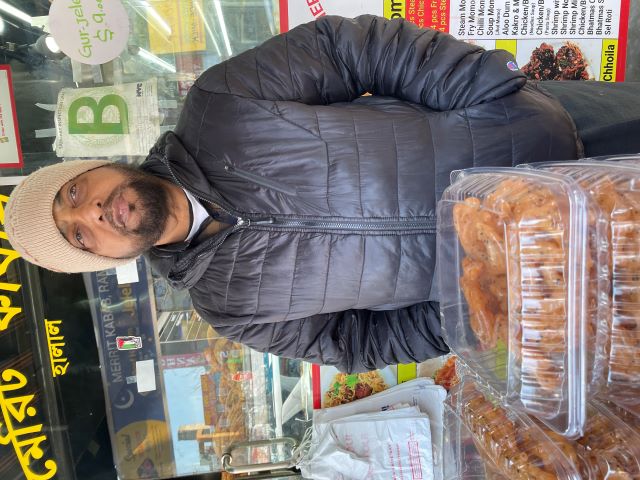
Jackson Heights, called Jaikishan Heights affectionately by desis, is the mother of all South Asian neighborhoods, a melting pot of many different cultures. They may be cultures which often bicker in Asia, but on these streets, you find signposts which tout Indian, Pakistani and Bangladeshi groceries all in one store; you have Bangladeshi, Chinese and Thai cuisine, all in one restaurant. Another ambitious eatery promotes Nepali, Bangla and Indo-Chinese food on its signboard. They all are truly part of this melting pot neighborhood.
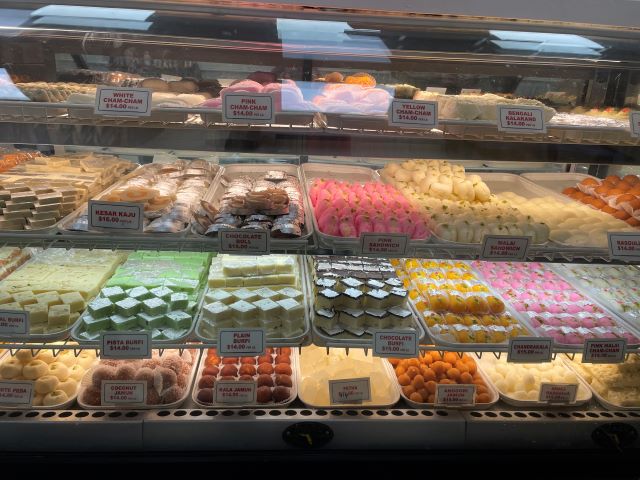
The worshipers who stream into the Satyanarayan Hindu Temple on Woodside Avenue are from many diverse towns and communities in India, Nepal, and Bhutan as well as the Caribbean islands. They share the same gods and gather together on the temple’s carpeted floor to chant the holy bhajans. They also share many of the same foods – the spicy samosa and the sugary sweet gulab jamun are beloved by all these communities.
Yet when it comes to politics and the upcoming elections, they have widely differing opinions and feelings. Having come from countries where politics was often regarded as a dirty game, many are indifferent to it or just plain apathetic, believing their participation will have no real impact on the outcome. Others, who have lived here longer, know that there’s strength in numbers and their vote can make a difference. I met a truly mixed crowd during these street interviews in Diversity Plaza and the jewelry, grocery and sari stores owned by immigrant entrepreneurs.
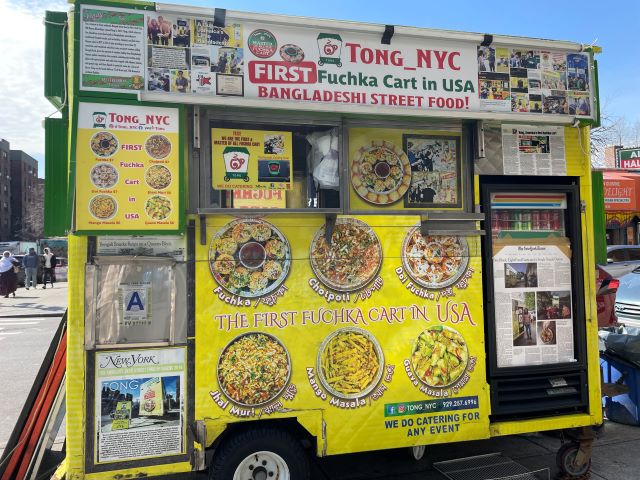
Meena Kashyap, who is from India, has seen this community up close. She says: “Ever since I became a citizen, I’ve always voted. After my retirement, I often worked for the election commission. During elections, we tell them where to go to vote, and how to register themselves. There are generally translators there but if someone needs help in Hindi, Gujarati or Punjabi, I’m there.” She emphasized that voting in the local elections is even more important because when you put the right people locally, you’re sure whatever is happening on top is trickling down, because the right people are there to see that everything works.
Kashyap, whom I’ve known for many years, accompanied me on this informal reportage mission. We ate plates of spicy chaat and aloo tikki – Indian street foods – and had enormous glasses of mango lassi. We talked to servers and staff. We then moved on to saree shops, beauty parlors, boutiques and mithai stores. Everywhere people were polite and friendly but reluctant to disclose too much about their voting patterns. At a beauty parlor, they were happy to chat but not on camera. Unlike the youthful Instagram generation, they have discomfort in even giving their name or being shown in a photograph.
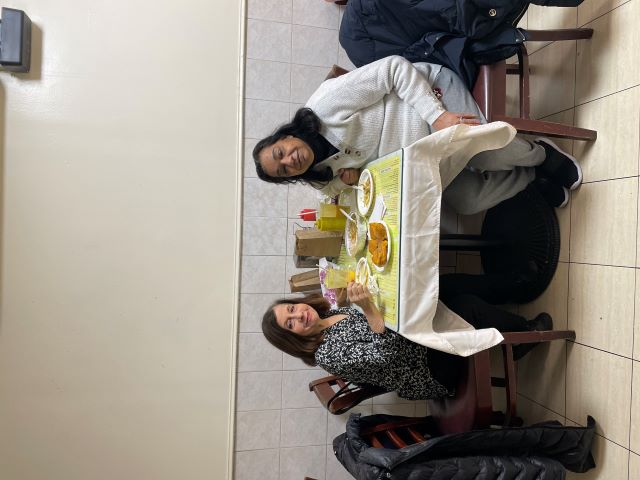
As a reporter, it was awkward not to be able to record people’s names or photos – until I realized that, that was part of the story I was covering: one of the reasons for this reticence is that many of them are newcomers, not entitled to vote! We had stumbled into a surreal world, down a strange rabbit hole of both new immigrants and people who had been here for years – but were still mired in their quest for papers. Many of them would make ideal citizens – but were not citizens yet.
As one earnest young Nepali worker explained, he would love to vote but his papers were still in submission, and I had the same reaction from the anonymous workers at fast food carts who were from Bangladesh. Indeed, the audacious possibility of American citizenship is what had brought many to this country and many were still in limbo, waiting to accomplish that. The manager at a supermarket observed that once people became citizens they generally were able to go for better paying jobs and would not be the ones working in the blue-collar jobs of an ethnic neighborhood.
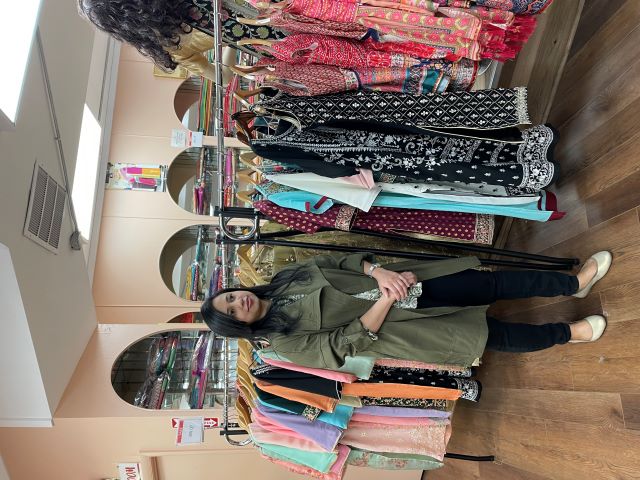
At ISP Saree Palace, a longstanding popular store on 74th Street, the tenor was a little different. In the calmer environment, the owner, who is Indian-American, told me he always voted but was a New Jersey resident. His manager Roop Sajnani, who lives in Rego Park, said he did not always vote due to time constraints, but his daughters always voted. It was, however, the Bangladeshi female staff, who were most enthusiastic about talking about their voting experience. Samiha Chowdhury, who spends her days showing sarees and kurta pieces to clients, has worked in the saree store since 1997 and she added proudly she has voted for 28 years. She said her whole family used to vote in Bangladesh: “People always vote there – they always need good people.” She has carried on the voting tradition here and her husband and children all vote.
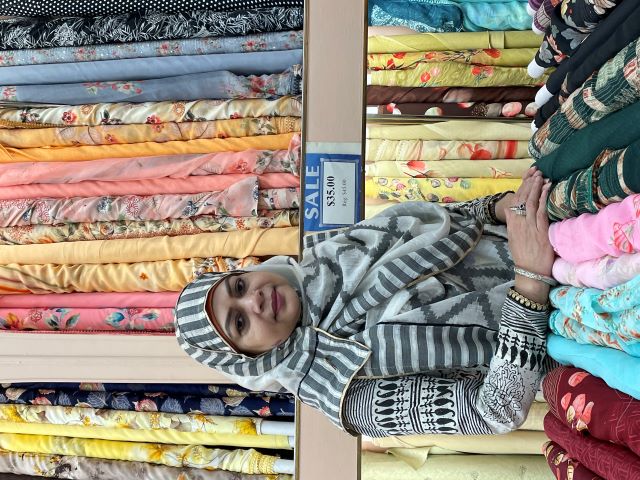
Keya Khadija, also Bangladeshi, has been here just one year and her papers are being processed. She is here with her husband and children and recalls they always voted in Bangladesh. She said, “The Bangladeshi community is very active in voting and I will also vote because there is inflation and also unemployment.”
The South Asian community is not a monolith. And it is made up of many different people who respond in different ways. There are many who are born here, who have been educated here or have been living here for years. For them, voting is commonplace and their story differs from that of the people who are just getting their bearings and who are still part of the Strugglers Club. Perhaps to make a stronger voting community, these voiceless people need to be nurtured and given training in what makes good citizens – even before they become citizens.
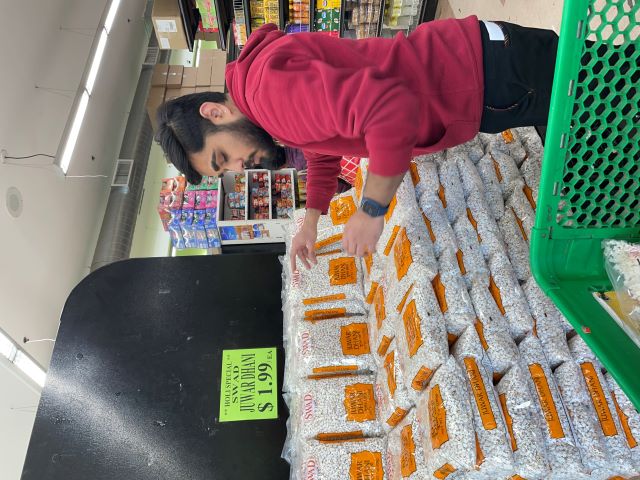
Sudha Acharya is the founder and executive director of South Asian Council for Social Services (SACSS), whose mission is to empower and integrate underserved South Asians into the civic life of Queens. She says: “We have citizens, we have green card holders, and we also have people who don’t have anything and no papers at all.” The organization has a multi-armed approach to the community with a food bank, legal clinic, civic engagement, health clinics, workforce development and language access. “We connect them to benefits like health insurance and food stamps and make services available to them. We are focused on the critical needs of the community. We also make them aware of their civic responsibility and how they are part of the whole political structure. We encourage them to vote. When immigrants are new, they don’t know what they should be doing and so it is extremely important they understand the significance of certain things happening around them. It’s about time our people woke up to how important it is to be civically engaged. Unless you really take part in what is happening, you can’t afterwards complain. You have to be active and speak up for what you need.”
During elections, SACSS volunteers do phone banking to hundreds of thousands in the community. Says Acharya: “I think there should be support for this population that is culturally sensitive and language-based. I would support any candidate who is for these things, for diversity.”
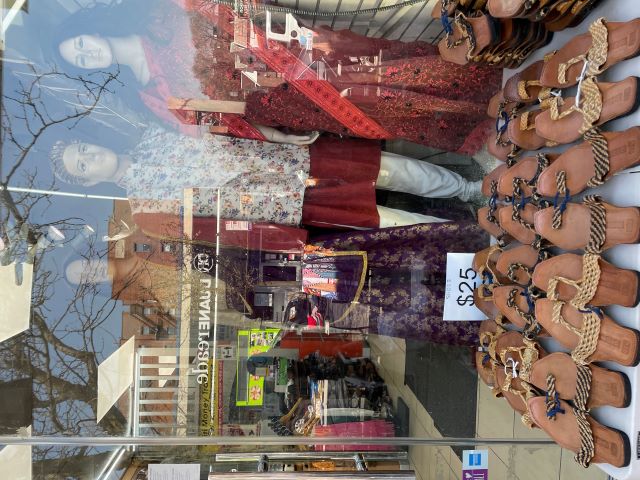
An organization which is very involved with GOTV efforts – Get Out the Vote – is Adhikaar, the human rights and social justice group, based in Jackson Heights, It is a women-led group and its policy manager Tsering Lama gave an optimistic picture of the civic health of the South Asian voter community: “There is definitely a big South Asian population that is voting. We specifically work with a Nepali speaking community from countries like Nepal, India, Bhutan, Tibet and Burma. During the election years Adhikaar focuses on education with webinars as well as one-on-one engagement with members about voter registration. Since our communities are newer, we want to make sure that our members vote and have access to the voting information.”
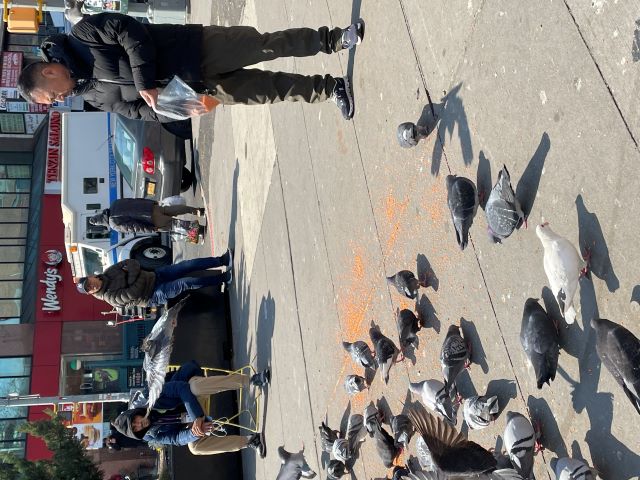
For those who are not yet eligible to vote, Adhikaar gives them the right tools to become future good citizens, focusing on civic engagement beyond casting a ballot with an eye towards the substantive goals of politics. “Civic engagement for us is not just through the narrow lens of people who can vote or cannot vote,” explained Lama. “ It’s really about being able to be in this country and being able to be civically engaged. And that can be through any form of advocacy and being involved in campaigns and to really better their own lives. So, you know, people who can vote vote, and people who can’t vote can do other things.”
The South Asian community in Jackson Heights is part of the nationwide, fastest growing voting demographic of Asian Americans but I found through my reporting that the community’s civic life goes well beyond voting.
Photos by Lavina Melwani
- This story was produced as part of the 2024 Elections Reporting Mentorship, organized by the Center for Community Media and funded by the NYC Mayor’s Office of Media and Entertainment.
